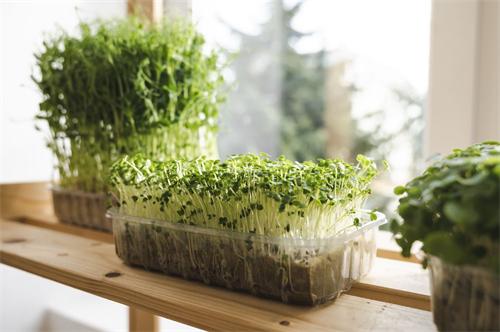
Every garden, no matter how small or large, depends on timing. Planting too early exposes seedlings to late frosts; pruning too late can sap energy from next season’s blooms. A monthly checklist structures habitat, builds momentum, optimizes yields, and encourages learning. Regularly scheduled tasks—like checking irrigation in June or applying winter protection in November—help maintain plant health and soil fertility. Seeing small wins each month keeps motivation high and prevents burnout. Harvest schedules, fertilization, and pest monitoring all follow seasonal cues; missing a window can reduce yields or invite infestations. Tracking what works (and what doesn’t) month by month deepens gardening knowledge for future seasons.
Seasonal Tasks to Keep Your Garden Thriving
In winter, December is ideal for cleaning and sharpening tools, designing next year’s layout, and ordering seeds. January offers the opportunity to force branches for indoor blooms, plan crop rotations, and start cold-tolerant seeds indoors. February is the time to prune deciduous trees and shrubs before sap rises, test soil pH, and start seedlings under lights.
Spring brings its own set of tasks. In March, turn compost, divide perennials, and sow peas and hardy greens outdoors. April is suitable for installing supports for climbing plants, transplanting tomatoes under cloche, and controlling early weeds. May is the month to mulch beds to retain moisture, side-dress vegetables with fertilizer, and set up pollinator habitats.
Summer requires attention to maintenance and harvesting. In June, check irrigation systems for leaks, deadhead spent flowers, and shade tender seedlings. July involves harvesting continuously (beans, berries), pinching back leggy herbs, and scouting for pests like aphids and caterpillars. August is the time to collect seeds from annuals, apply summer mulch, and sow cover crops in empty plots.
Autumn focuses on preparation for the next cycle. In September, plant garlic and spring bulbs, start cool-season greens, and clear spent summer crops. October is suitable for raking leaves into compost, transplanting shrubs and trees, and improving soil with autumn manure. November calls for protecting tender perennials with mulch or cloches, cleaning gutters around the garden, and emptying and storing rain barrels before freeze.
Adopting a monthly garden planner turns gardening from a series of chores into a mindful, seasonal journey. By aligning tasks with nature’s calendar, you not only maintain plant health and maximize productivity but also tap into the deep satisfaction of working in harmony with the earth. Use this month-by-month garden planner as your roadmap, and watch your garden—and your green thumb—flourish all year long.
Recommend:

Fast, Nutrient-Packed Microgreens for Urban Gardens

Garden Oasis: Pathways, Patios, and Pergolas Unveiled

6 front yard landscape design ideas that will change your home

Local Flavor: A Culinary Odyssey in Mexico City

